The Hidden Darkness Behind the Beauty in Coastal England That Inspired Three Gifted Authors to Write the New Horror Anthology “Sussex Horrors”.
Editor’s Note: We are so fortunate to have this special guest post from talented author Rayne Hall, whose work appears in the excellent horror anthology Sussex Horrors (reviewed here on this site).
When authors write about the places where they live, their stories become all the more believable and scary.
They know what the place really is like. They’re familiar with the smells of the earth at dusk, the shades of darkness in the alleyways, the voices of the whispering winds. When they build darkly imagined changes on this solid ground, these fantastic twists convince the reader with their believability.
Other authors may write about the same location… but they depend on research and hearsay, on the tourist perspective or the movie view, and their imagination takes predictable, sometimes even cliched turns. Although imaginative and well-crafted, those stories simply don’t feel quite real.
For me as an author, the locality is always a great source of inspiration. It provides authentic atmosphere (I can describe the sound of the shingle crunching under my feet, the sting of the salt-laden winter wind on my cheeks, the smell of decaying bladderwreck and rotting fish), and there’s no danger of sloppy research, of getting mired in clichés, or of regurgitating another writer’s mistakes.
I’ve written about rural southern Germany (where I grew up), about London (where I lived for a year) and about south east England (where I lived for more than two decades). My stories’ locations and subjects are often just a short distance from my doorstep — perhaps a ten-minute walk down to the beach, perhaps even what’s right outside my window.
One day I gazed out of the window towards the grey sea while sipping my morning coffee, and three herring gulls stared right back at me: their eyes golden haloes around death-dark cores, their wings silver-tipped, their beaks yellow with red streaks like dripping blood.
Tourists visiting our shore think these birds are pretty and feed them, but locals know their aggressive true nature. As the seagulls and I stared at each other, a story formed in my head: a naive newcomer to Sussex adores the angelic-looking creatures… until she experiences their menace.
Summer visitors see only selected views of the yellow-white chalk cliffs, and they snap souvenir photos from a picturesque distance. As a local, I know the dangers of cliff erosion, how after a heavy storm chunks of rock tumble into the sea, often taking whole houses with them — or scarier still, taking half of the house and leaving the other half standing.
I walk on the seabed below the cliff, and know how high tide rises and how fast, and how there is no escape up the sheer cliff-face. The unwary who mistime their walk get caught in the merciless tide, drowned or smashed against the cliff. These local views are very different from what casual visitors see, or what other writers can glean from websites and tourist brochures.
One day in 2017, two other local horror authors joined me for coffee in my garden: Jonathan Broughton and Mark Cassell. Of course, we talked about writing, like writers always do when they’re among like-minded folk.
All three of us write horror, but of different kinds. Mark’s horror is graphic and terrifying, mine is suspenseful and creepy, while Jonathan’s is twisted and darkly humorous.
All three of us were living on the south coast: Jonathan and I in the seaside town of St Leonards, and Mark near the historic town of Rye — you can look those places up on the map. All three of us draw inspiration from the places around us. Much of our fiction is set in the counties of East Sussex, West Sussex and Kent in the South East of England.
What if all three of us were to contribute stories about the familiar locations, twisted in our dark minds, each in their own style? That’s how the idea for the anthology was born: Sussex Horrors: Stories of Coastal Terror and other Seaside Haunts.
I can confirm that the stories Jonathan Broughton and Mark Cassell have penned are every bit as authentic as mine. Some of their perspectives surprise even me, and the imagined parts are definitely twisted, but the Sussex they show is definitely real.
What horror fiction have you read where the author drew on their own locality? Does this knowledge shine through between the lines? Tell us about it in the comments section.


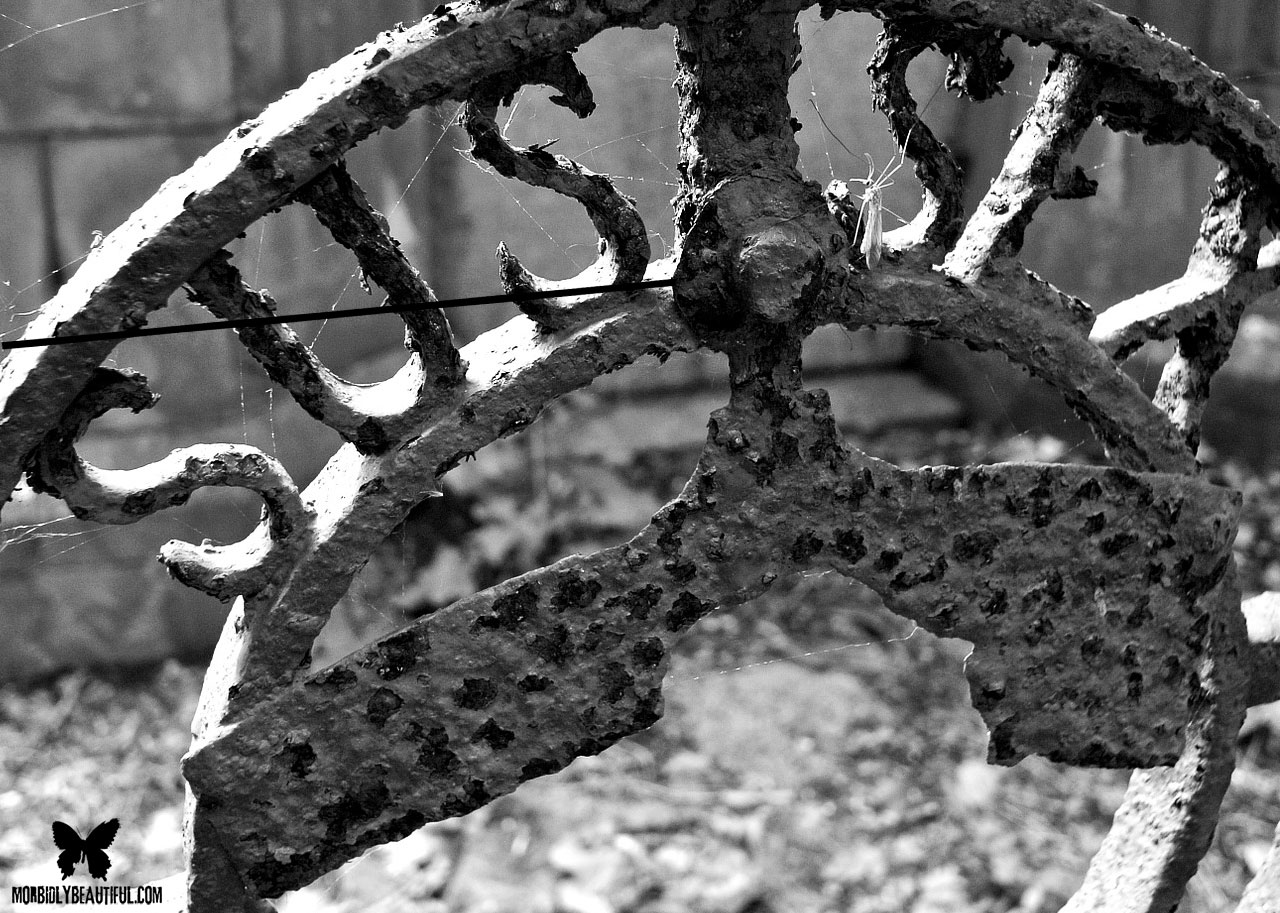
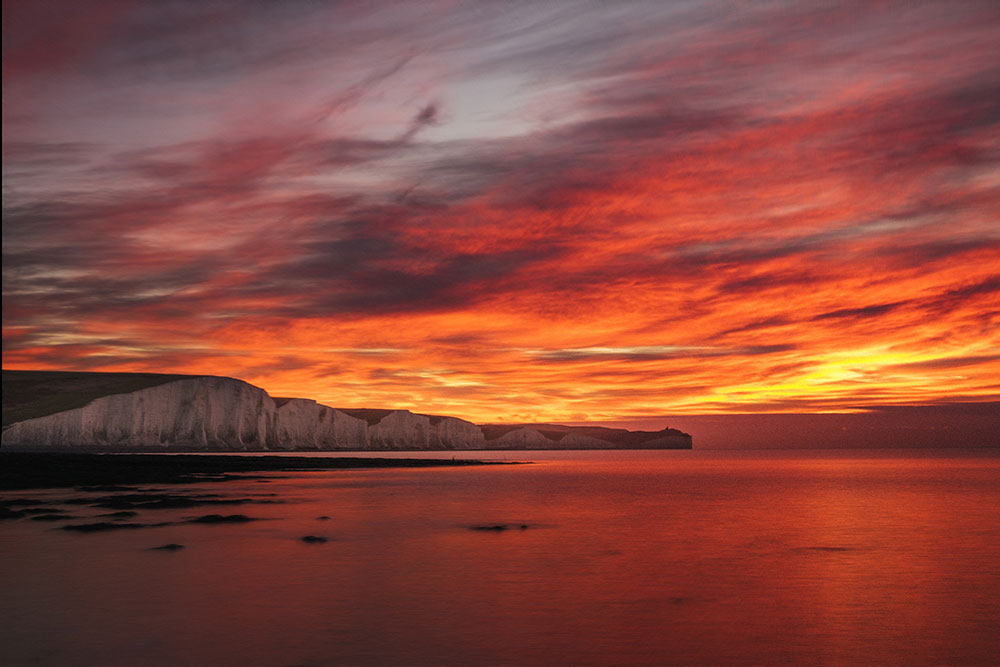



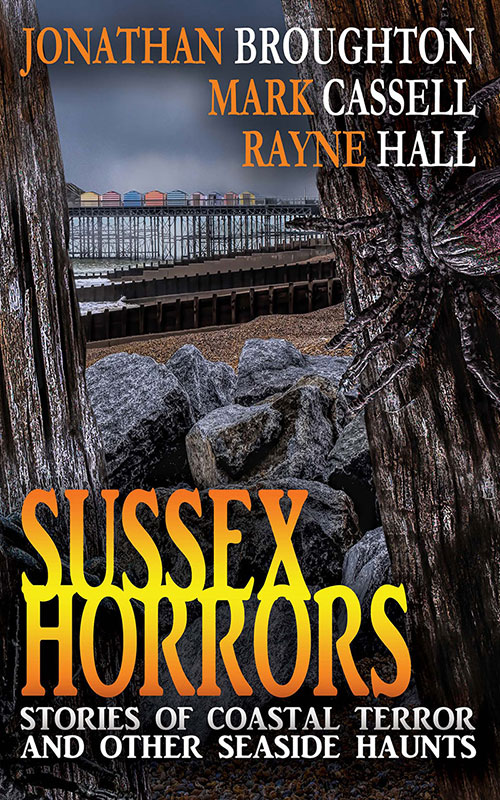


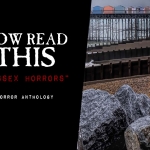
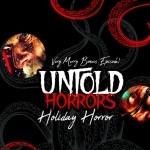











23 Comments
23 Records
Rayne Hall wrote:
Thanks for featuring my thoughts! It’s great that you’ve even found photos to illustrate the East Sussex theme.
Vladimir Egalite wrote:
I like that all three authors have different style and methods to frighten you. My personal preference goes to Rayne. Suspence is what makes me really feel the horror of the story. And what’s your favorite style?
Rayne Hall wrote:
I think that all horror fiction needs suspense. Other elements, such as gore, are optional. Some horror stories need gore, others don’t. (Mine is mostly gore-free, lol.)
Shenae wrote:
I don’t know about anyone else, but a scary book or movie that begins with “Based on a true story” automatically becomes ten times scarier to me. While these may not be literally based on true stories, it’s fascinating how these authors were able to pull from events or sights in their surroundings to inspire what they’ve written. Rayne also makes a valid point about being informed of the intricacies of the setting of your story instead of relying solely on research that could easily lead to clichés.
Rayne Hall wrote:
All my fiction (and perhaps every writer’s fiction) has an element of truth in it. We fictionalise our experiences. Sometimes the element of truth is so small that it cannot be identified, at other times, it’s major. Sometimes the truth lies in a fact, a character’s personality, a personal dilemma the writer has witnessed or experienced, or a real location. At other times, the truth is an ’emotional truth’ rather than a ‘factual truth’.
In most cases, we writers prefer not to reveal which aspects of our stories are true. That is a personal secret. It might be embarrassing to admit which part of a story we experienced and which part we fantasised about. And in some cases, it might lead someone to sue us for libel or slander. 😀
Jonathan Broughton wrote:
An authentic sense of location is important in any story. I’ve always enjoyed Charles Dickens’ descriptions of Victorian London. He told the reader what was there, but then he coloured it, if you like, with the hopes and fears and fun of his characters. Living by the sea is, in a way, being in touch with one of the planet’s last great wildernesses. Which I find very inspiring.
Rayne Hall wrote:
It’s interesting that the fiction Charles Dickens wrote is creates the most vivid and enduring images we have today about Victorian London.
Crina Vasile wrote:
Reading “Seagulls” made me remember a horrible incident that marked in my childhood. Two individuals on a boat, not very far from the shore, trying to make someone tell a secret. They cut open the skin of this man and immediately the seagulls come attack him.
Aimee wrote:
I read a horror comic set in the Manila subdivision where I used to live. The main street was lined with wide-branched trees that turned it into a green tunnel. The taxi drivers always tried to bring me home the roundabout way and I thought they were just trying to pad the fare. Came to find out that road was supposedly haunted. Never saw the ghost though.
Rayne Hall wrote:
Ooh! Now there’s idea germ for a creepy story. Have you thought writing a short story about this?
Rayne Hall wrote:
By the way – did I really write ‘bladder wreck’ in my submission, or did an auto-editing app not recognise ‘bladderwrack’ which is a type of seaweed found on the Sussex coast?
The Angry Princess wrote:
Fixed in the post!
Rayne Hall wrote:
THANKS!
Ralitsa Stoyanova wrote:
What’s the chance that three local authors are writing horror stories about the same place at the same time! Great! I’d love to read the book. Never knew that seagulls are aggressive and scary.
Rayne Hall wrote:
I think it’s probably not so rare that three local authors write in the same genre and are influenced by their surroundings.
The unusual thing is that Jonathan, Mark and I actually work together. Although that’s not really rare either, just unusual.
Sometimes we meet for coffee in a coffeeshop or in my garden, and we’ve also walked around Hastings with our notebooks to jot down observations about interesting and creepy places.
We’re even planning to co-author a short story together, although that project hasn’t gone further than deciding on a suitable setting (in Sussex, of course) and to brainstorm plot ideas.
Tudor wrote:
It seems that living on the coast induces some strong artistic inspiration 🙂 I was wondering if there was one specific thing or just the overall environment that was the reason. Is it the fact that the coast is a sort of border between two different worlds (land and sea – going further “known” and “unknown”), the unpredictability or the mystique of the sea, the mesmerizing dance of the waves? I would really like to know.
Rayne Hall wrote:
Yes, I think there’s something inspiring about the coast. I haven’t thought about it in terms of ‘known’ and ‘unknown’ but there’s a lot of contrast between the fluidity of the water and the solidity of the land. The coast provides a rich harvest of sensory impressions – the feel of the hard shingle or soft sand under our soles, the wind lashing our faces, the salty taste of the air, the sound of the water rustling across the pebbles or churning against rock…Visually, there’s the angry roiling of dark waves or the diamond glints of sun speckles on the becalmed surface, the yellowing froth deposited by the waves and the white cuttlefish bones…. For smells, the salty tang of seaweed and the ever-present odour of decaying fish… and that’s before you even get into or onto the water.
I’m a very sensory writer, so for me the seashore provides a wealth of inspiration. 🙂
Then there are the tides with their inevitability, and the fact that the ocean is home to the most ancient of creatures.
Vicky wrote:
I love the fact that all three of you draw inspiration from around you. I feel modern day people are oblivious to their surroundings and what goes on in their localities.
I realized by the analogy of the sea gulls that we may all be looking at the same thing but we all are seeing differently. I guess that’s what makes a story even more intriguing. Great writeup!
D. Neer wrote:
Intimate and localized horror is always a pleasure to read, at least for me. This seems quite captivating.
Matthew Johnson wrote:
I didn’t expect to find out that seagulls are aggresive. But in your minds they are even scarier. I think that it is great that the three of you gathered to write horror stories about the things you see on a daily basis. Can you see them as beautiful views or your mind always wanders in the scariest of places?
Ashlee Zlotnick wrote:
I have been writing for a few years now and I always find it hard to find my inspiration in locations I have not been to or create a place that is not based on a real location in my life.
Reading pieces from Rayne and how she can describe every detail of the location has really inspired me to base my work on places I know so that I can create an atmosphere for my readers.
THANK YOU!
Jules wrote:
I love it when the setting almost becomes a character in its own right and nowhere is this more effective than in horror where you really need something to anchor the story and make it believable.